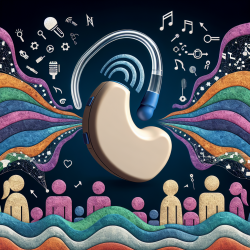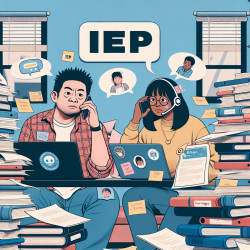Understanding the Crisis
Child sex trafficking is a severe human rights violation affecting millions worldwide, with children being particularly vulnerable. According to the Trafficking Victims Protection Act (TVPA), any commercial sex act involving a minor is considered sex trafficking, regardless of coercion or force. As professionals in the field of counseling, understanding the complexities of this issue is crucial for effective identification, support, and advocacy for these young survivors.
Risk Factors and Myths
Recognizing risk factors is the first step in identifying potential victims. Factors such as homelessness, low socioeconomic status, mental health issues, and a history of abuse increase vulnerability. Counselors must also challenge pervasive myths, such as the belief that trafficking only occurs internationally or that victims are always helpless. These misconceptions can hinder victim identification and support.
Identification and Assessment Strategies
Victim identification is challenging but vital. Counselors should be aware of behavioral indicators such as unexplained absences, changes in behavior, or signs of physical abuse. Tools like the Comprehensive Human Trafficking Assessment Tool and the Trafficking Victim Identification Tool (TVIT) can aid in the identification process. These tools offer structured questions to help uncover potential trafficking situations.
Implementing Trauma-Informed Care
Once a child is identified as a trafficking survivor, implementing trauma-informed care is essential. This approach focuses on creating a safe and supportive environment, allowing survivors to process their trauma and build resilience. Techniques such as Trauma-Focused Cognitive Behavioral Therapy (TF-CBT) have shown promise in helping survivors heal and reintegrate into society.
Advocacy and Education
Counselors play a critical role in advocating for sex trafficked children. This includes educating others, challenging harmful myths, and pushing for policy changes that support survivors. Engaging in community awareness campaigns and legislative advocacy can help create a more informed and supportive environment for these vulnerable individuals.
Case Study: Jody
Consider the case of Jody, a 16-year-old girl who became involved with an older couple providing drugs and alcohol. Through the observant eyes of her school counselor, who noticed risk factors and behavioral changes, Jody was referred to a mental health counselor specializing in trafficking. Through trauma-informed care and advocacy, Jody was able to recognize her situation and begin the healing process.
Conclusion and Call to Action
For counselors, staying informed about child sex trafficking is not just beneficial but necessary. By understanding risk factors, employing effective assessment tools, and advocating for survivors, we can make a significant impact. For further insights and strategies, consider exploring the original research paper: Child Sex Trafficking: Strategies for Identification, Counseling, and Advocacy.










